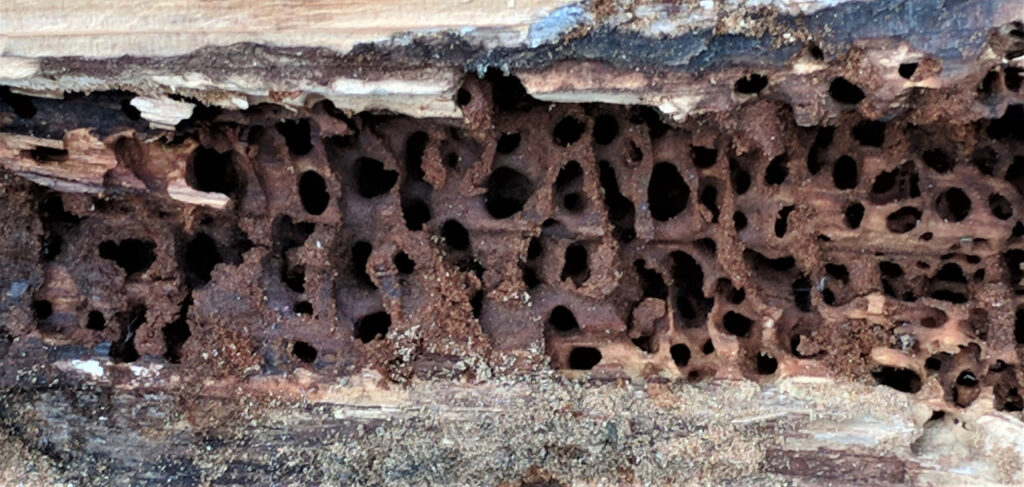My friend, Maile, asked me to help her hunt for a new condo. Although I currently lived in a house, I had lived in apartments for over twenty years and maintained an interest in Maile’s quest. I was amazed at the wide variety of grids people scurry in and out of each day. The art deco curving wrap-around patios softened one building’s corners. On another, sleek glass expanses disguised hundreds of cubby hole apartments within. Circular buildings contained irregular pie-shaped dwellings. Other structures inserted into hillsides buried half the units underground. All these living spaces came in the usual standard sizes of studio (no bedrooms), one-bedroom, two-bedroom and penthouse (three or more bedrooms). Now retirement age, Maile and I, each in separate buildings, had worked our way up from college student studios to adult level two-bedrooms where we enjoyed the luxury of a guest room instead of plunking adult children and other visitors on the sofa.
Needing to move away from her current home, positioned above blossoming trees that sent her allergies soaring in the spring, Maile remained committed to condo living. Many of my friends vehemently preferred a close, partially-communal life. Stand-alone houses wasted energy, Maile declared. And a residential building offered better security for a single woman. Plus she enjoyed their swimming pools and workout rooms without having to hire pool cleaners or join a gym.
I understood her points. Each lifestyle had its pros and cons. Houses could be quieter and I felt good knowing my feet stood near the ground indoors and I could put my toes in a patch of grass outside. In my family, living in a house meant a higher status than a mere apartment. In a house, I felt as if I’d truly arrived at adulthood. While I realized that nice condos carried an equivalent financial and social value to a house, emotionally, my family’s training influenced me to be prejudiced against apartments. However, the outdoor grounds of nice condo buildings didn’t require my personal labor, like my current house did.
Summer found me doing the weekend yard work which I could have avoided in Maile’s way of life. In an overgrown corner of the backyard, I uncovered a three-foot long abandoned log, probably used as seating around occasional outdoor bonfires (banned by the city, but sometimes I cheated). Trying to lift the hunk of wood, I tugged on the outer bark, which tore away. Underneath, rows of tiny insect homes, side by side, revealed themselves to my fascinated eyes.
Because I’d been accompanying Maile on her condo search, I felt overcome by the impression that the urge for all kinds of creatures to huddle together in grid-like structures must be primeval, perhaps coded into a DNA heritage more ancient than Homo sapiens. I’d never imagined I had much in common with a beetle, but I could relate to their comfy little spaces to rest and keep their babies safe. I remembered my cozy condos, shared with my son. The rows of beetle dwellings had similar shapes to Antoni Gaudi’s Casa Mila apartment building in Barcelona, built by the late 19th century and early 20th century Spanish architect. The insect structural designs also had a primeval feel, resembling the rounded organic edges of the stacks of homes carved into sandstone mountains in Cappadocia, Turkey. With holes of all sizes, it seemed that some beetles enjoyed penthouses and others made do with the insect equivalent of a studio apartment. With new insight, I felt that I had more in common with these little beings than I’d ever realized before. We’re all communal creatures and, by the looks of it, enjoy our hierarchies.
Kaethe Kauffman’s one-person exhibit, La Foresta, is at Castello Gallery 780 in Venice, Italy, April 19 to June 23, 2024. Castello Gallery 780 is affiliated with the Venice Biennale art fair.

